One of the biggest differences between past attempts at a smartwatch and these new devices is how they work. Rather than being stand alone devices, the new watches are tied to a smartphone in order to get their data. This makes sense since most of the people who would likely want such a device probably have a smartphone with data contract that allows it to collect data and then route that to watch for display. The most obvious use for this would be for the caller ID to be displayed on the watch of any incoming calls. Another popular application is notifications of calender events and alarms. Each of these can allow the wearer to quickly identify what the alert is without having to dig out the phone. So if these ideas make sense, why do these devices fail to get consumers to buy them?
Fashion
Let’s just get this out of the way right now. The smartwatches that have been presented to us so far are not the type of devices that most people who still wear a watch are looking for. There are several ways in which they don’t appeal to consumers. First, the devices are big. They pretty much have to be in order to contain their color displays, batteries and processors. Large watches are not uncommon in the market as self winding watches tend to need a lot of space for their internal gears. The problem is that they are large enough to look out of place even compared to a traditional watch.
Function
I already talked about some of the functions that the smartwatches could be used for above but right now I’m just going to focus on the basic features and what they mean for the devices. For instance, the displays on the watches are one of the key features but are also one of the biggest power draws. Samsung features a bright display with a high 320×320 resolution which gives it a nice pixel density. The downside is that this uses so much power that the display has to be turned off so it won’t display any information like the time unless the user taps it to wake it up or it gets woken up by an alert. The Qualcomm Toq on the other hand uses a much lower power Mirasol display. The downside here is that they have been traditional extremely expensive such that they have not made it into many products. This may be one reason why Qualcomm has not mentioned a price for the Toq yet.Speaking of battery life, a smartwatch does not leave much space for a battery pack. Samsung expects that their Galaxy Gear device will require it to be charged nightly just as one would likely need to do with a smartphone. This can be somewhat impractical for some individuals as they may often wear their watches all day and only take it off at night. Forget to charge it and your smartwatch likely will not be functional the next day. Most smartphones and tablets can typically survive for a couple of days with infrequent use so I would expect that a smartwatch should be roughly the same.
Next we have the questionable choice of including a camera with the Samsung Galaxy Gear. Built into the top portion of the wrist strap for the watch is a 1.9 megapixel camera. This can be used to take still pictures or short 10 second video clips. Why include such a feature? Samsung figures that it can allow a user to take a quick snapshot or short video (for Vine I guess) without having to pull out a camera or smartphone. The problem is that the camera is so inconspicuous to use that many people probably will not even realize that someone looking at their watch is taking a picture of them. I expect that this will lead the device being banned in many private places .
Pricing
Out of the devices announced at IFA 2013 this past week, only one had a price that was announced it. The Samsung Galaxy Gear is expected to cost $299. This is a very high price tag for a device that is essentially an accessory to a tablet or smartphone device. Verizon is allowing people to buy a bundle of the upcoming Galaxy Note 3 (one of the two devices at launch to support the Galaxy Gear) and a Galaxy Gear for $600 with a two year contract. That is twice the cost if you just want the Galaxy Note 3 without the watch.
Now on the other end of the spectrum of smartwatches, is releasing one that is half of the price of the Galaxy Gear. It takes a much more minimalistic approach by primarily being used as a means to notify the wearer of incoming calls and messages. It lacks a color display, touchscreen, microphone or a camera but makes up for this by having a battery that lasts up to seven days. The downside is that this is still a fairly large watch and doesn’t have quite the flexibility of the others in terms of what it can do with applications.Will I Be Looking to Buy One?
I’m in the minority these days as I still will wear a watch. This makes me a prime target for the companies tying to sell a smartwatch. Frankly, I don’t think many people will be buying these devices because they already carry a smartphone and the cost just isn’t worth it. I certainly am not going to spend as much on a smartwatch as I would a tablet or smartphone. Of the three mentioned in the article, I would most likely get the Pebble but even there I don’t think I would use its features enough over having my basic watch, phone and tablet. With such little interest in the market this may be why Apple, long rumored to be making a smartwatch, has not released a product to date.
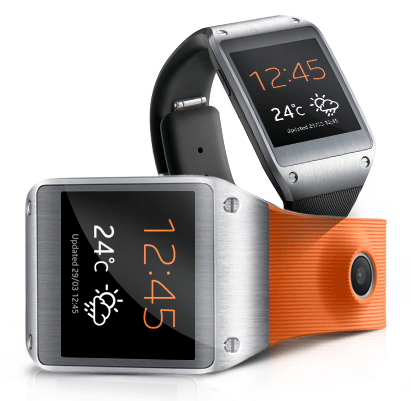
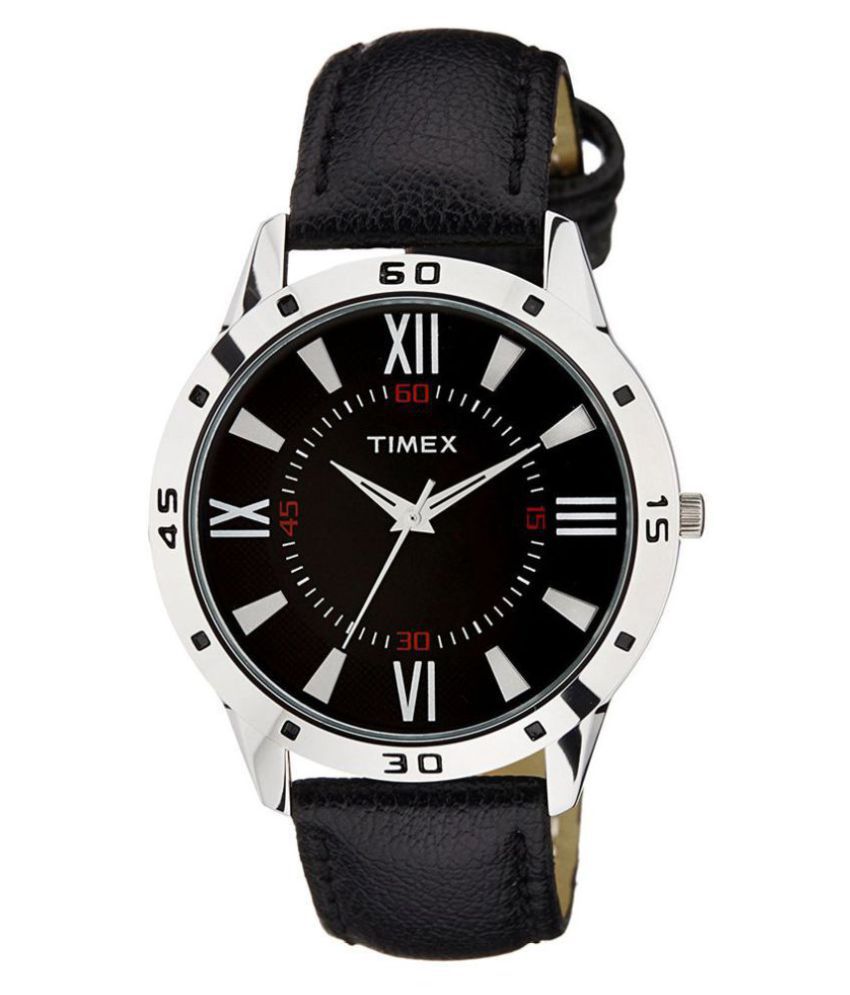
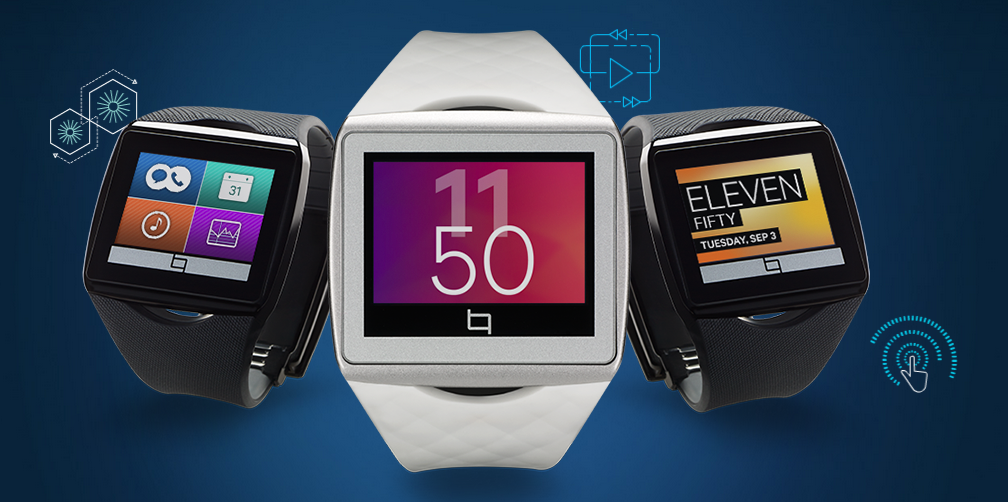
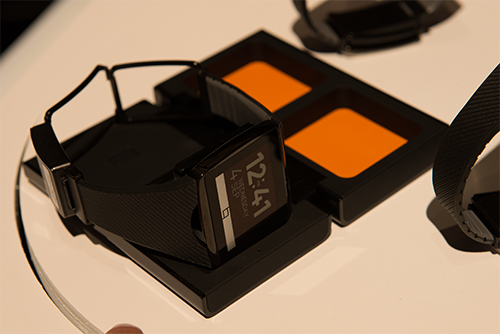
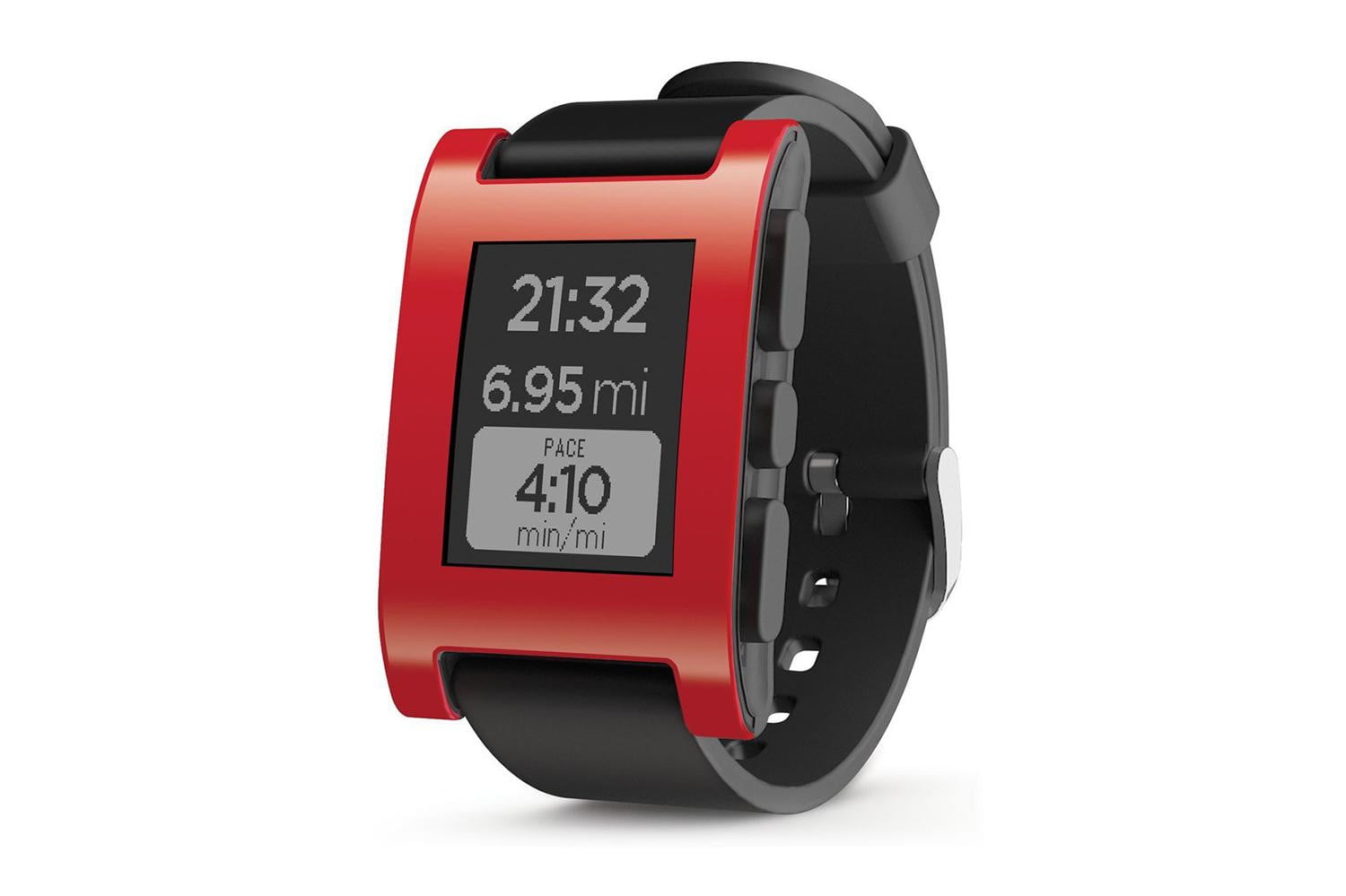
Pingback: Is CES Relevant Anymore? | Tech for Anyone